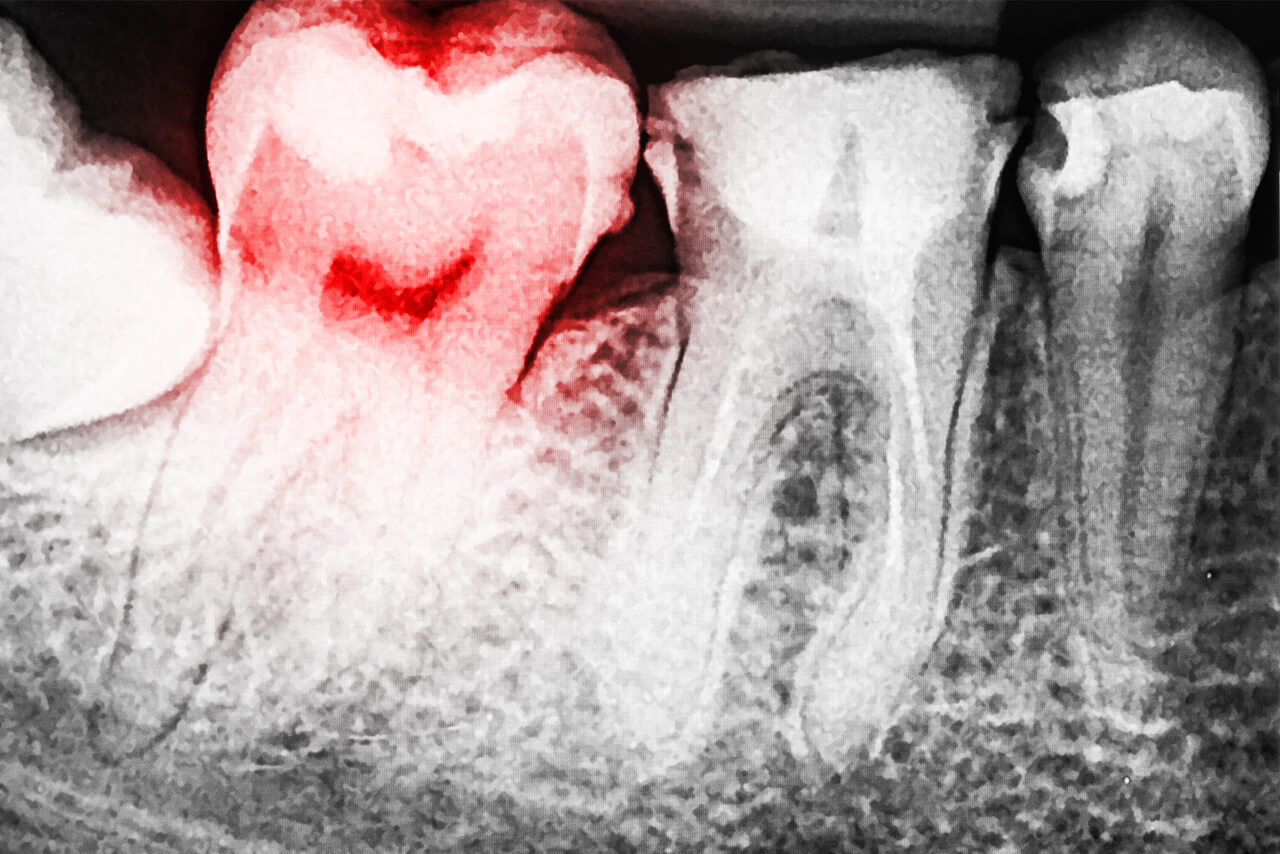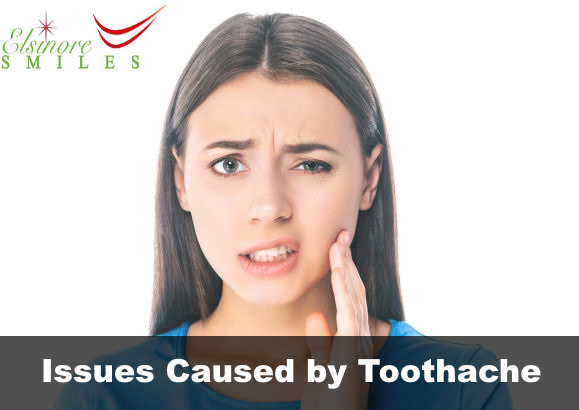12+ Ways To Fix Exposed Tooth Root For Pain Free Smile

Exposed tooth roots can be a source of significant discomfort and embarrassment, affecting not only the aesthetic appeal of one’s smile but also overall oral health. This condition, often resulting from gum recession, can expose the roots of the teeth, making them sensitive and vulnerable to decay and further damage. Fortunately, there are several approaches to addressing exposed tooth roots, ranging from non-invasive treatments to more complex surgical procedures. Understanding the causes and available treatments can help individuals make informed decisions about their oral health care.
1. Desensitizing Toothpaste
For mild cases of exposed roots, using a desensitizing toothpaste can be an effective first line of defense. These toothpastes contain ingredients like potassium nitrate that help block the dentinal tubules in the roots, reducing sensitivity. While they are readily available over-the-counter, consulting with a dentist to ensure the best product for your specific condition is advisable.
2. Fluoride Varnish
Dentists can apply fluoride varnish directly to the exposed roots. Fluoride helps strengthen tooth enamel and reduce sensitivity. This treatment is quick, painless, and can be part of a regular dental check-up.
3. Bonding
Dental bonding involves applying a tooth-colored resin to the exposed root. This not only covers the root, reducing sensitivity, but also improves the appearance of the tooth. Bonding is a relatively simple and non-invasive procedure that can be completed in one dental visit.
4. Gum Grafting
For more severe gum recession, gum grafting is a surgical procedure that involves taking tissue from another part of the mouth and attaching it to the gum area around the exposed root. This not only covers the root but also helps prevent further recession. There are different types of gum grafts, and the choice depends on the extent of the recession and the patient’s overall health.
5. Pinhole Surgical Technique
This is a minimally invasive procedure used to treat gum recession. Unlike traditional gum grafting, it doesn’t require sutures or taking tissue from another part of the mouth. Instead, a small hole is made in the gum, through which the gum is loosened and moved over the exposed root. This technique promotes healing and coverage of the root without significant discomfort or downtime.
6. Scaling and Root Planing
While not a direct fix for exposed roots, scaling and root planing can help prevent further recession by removing plaque and tartar from below the gum line and smoothing the root surfaces. This procedure is often recommended for patients with gum disease, which can lead to exposed roots if left untreated.
7. Dental Crowns
In cases where the exposed root is also decayed or damaged, a dental crown may be necessary. A crown covers the entire tooth, including the exposed root, protecting it from further damage and improving the tooth’s appearance. Crowns can be made from various materials, including porcelain, ceramic, and gold.
8. Remineralization
Encouraging the natural remineralization of tooth enamel through the use of fluoride mouthwashes, nano-hydroxyapatite toothpaste, or other remineralizing agents can help strengthen the enamel around the exposed root, reducing sensitivity.
9. Laser Treatment
Some dentists use laser treatments to remove plaque, reduce inflammation, and promote healing of the gums. Laser therapy can be less invasive than traditional surgical methods and may be used in conjunction with other treatments.
10. Platelet-rich Fibrin (PRF) Therapy
PRF therapy involves using the patient’s own blood, which is processed to extract platelet-rich fibrin. This is then applied to the gum recession area, promoting tissue regeneration and healing. It’s a novel approach that’s gaining attention for its potential in periodontal treatments.
11. Tissue Regeneration
Tissue regeneration techniques aim to regenerate lost gum and bone tissue. This can involve the use of membranes, proteins, or other materials that encourage the body to grow new tissue, covering the exposed root and restoring a healthy gum line.
12. Combination Therapy
Often, the most effective approach involves a combination of the above treatments. For example, a patient might undergo gum grafting followed by the application of PRF to promote healing. The specific combination depends on the individual’s condition, the extent of the recession, and their overall health.
Conclusion
Exposed tooth roots, while distressing, can be effectively treated with a range of dental procedures and therapies. From non-invasive treatments like desensitizing toothpaste and fluoride varnish to more complex surgical options such as gum grafting and tissue regeneration, there are solutions available for individuals suffering from this condition. Consulting with a dentist or periodontist is the first step towards identifying the most suitable treatment plan and achieving a pain-free, healthy smile.
What are the primary causes of exposed tooth roots?
+Exposed tooth roots are primarily caused by gum recession, which can result from poor oral hygiene, aggressive brushing, periodontal disease, and genetic predisposition among other factors.
Can exposed tooth roots be prevented?
+Yes, preventing gum disease through regular dental check-ups, good oral hygiene practices, and a balanced diet can significantly reduce the risk of exposed tooth roots. Early intervention for gum recession can also halt its progression.
How long does it take to recover from gum grafting surgery?
+Recovery from gum grafting surgery typically takes a few days to a couple of weeks. Patients are usually advised to follow a soft food diet, avoid strenuous activities, and keep the graft site clean to ensure proper healing.
Are there any home remedies for treating exposed tooth roots?
+While there are no home remedies that can replace professional dental treatment, using desensitizing toothpaste, saltwater rinses, and maintaining good oral hygiene can provide temporary relief from sensitivity caused by exposed roots.
How much do treatments for exposed tooth roots cost?
+The cost of treatments for exposed tooth roots varies widely depending on the procedure, location, and dentist. Non-surgical treatments like desensitizing toothpaste are relatively inexpensive, while surgical procedures like gum grafting can be more costly, potentially ranging from a few hundred to several thousand dollars per tooth.
Are treatments for exposed tooth roots covered by insurance?
+Insurance coverage for treatments of exposed tooth roots depends on the policy and the reason for the treatment. If the procedure is deemed medically necessary, such as to address gum disease, it may be covered. However, cosmetic procedures might not be covered. It’s essential to check with your insurance provider beforehand.



